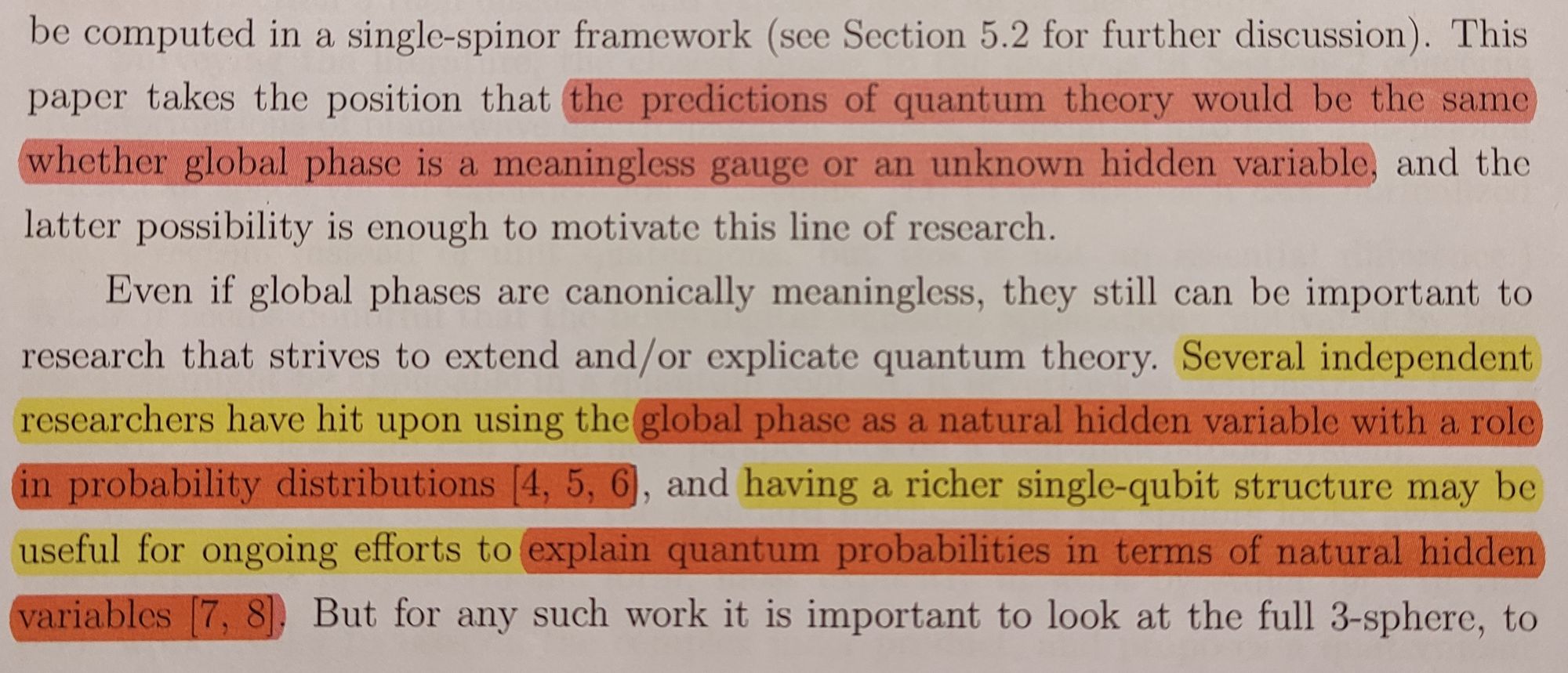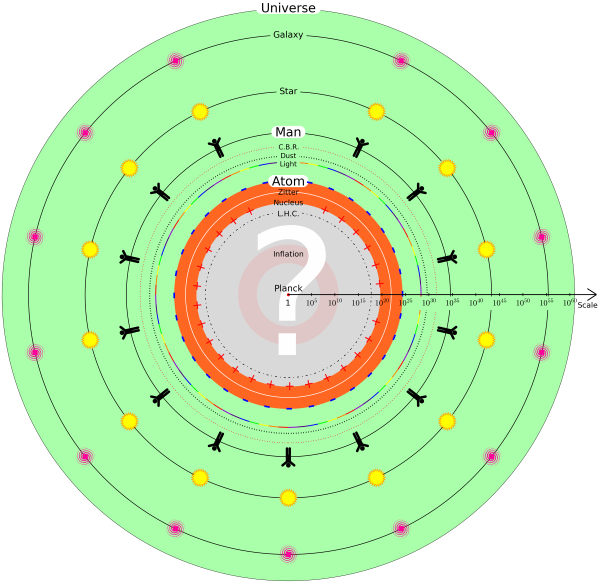How hidden information hides from physics
Does quantum mechanics allow 'hidden variables' to decide quantum outcomes, fine-tuning the emergence and evolution of the outer world? While several 'no-go' theorems have ruled out any possibility of local hidden variables playing a part in quantum decision making, the way is still open for global hidden variables to incorporate information that is not locally present at an interaction. Despite the advent of relativity and quantum mechanics in the 20thcentury, most of physics follows what Lee Smolin has called the Newtonian Schema, driven only by the local interactions of particles. David Bohm showed that it is possible to include a global quantum potential in quantum mechanics, and this opened a route for new 'hidden variables' to affect quantum outcomes.
Quantum computation is modelled with qubits and quantum logic gates. A qubit is usually represented as a point on the surface of a Bloch sphere, and logic operations are just rotations of this unit sphere. If you want to play with a qubit, and perform quantum logic operations on it, there is a nice interactive model here: Grokking the Bloch Sphere. You can try out the effects of quantum logic gates like the Hadamard gate that puts a qubit that is definitely 0 or 1 into a superposition of 0 and 1, and the various phase shifting gates – it is frequently non-intuitive!
In their 2015 paper Unit Quaternions and the Bloch Sphere, Wharton and Koch show how the neglected global phase can provide hidden variables to quantum mechanics. While the qubit picture is valid, and gives all the right answers, it seems that it does not tell the whole story. If a qubit spinor is mapped into a quaternion representation, a broader perspective emerges:
Abstract: The spinor representation of spin-1/2 states can equally well be mapped to a single unit quaternion, yielding a new perspective despite the equivalent mathematics. This paper first demonstrates a useable map that allows Bloch-sphere rotations to be represented as quaternionic multiplications, simplifying the form of the dynamical equations. Left-multiplications generally correspond to non-unitary transformations, providing a simpler (essentially classical) analysis of time-reversal. But the quaternion viewpoint also reveals a surprisingly large broken symmetry, as well as a potential way to restore it, via a natural expansion of the state space that has parallels to second order fermions. This expansion to "second order qubits" would imply either a larger gauge freedom or a natural space of hidden variables.

